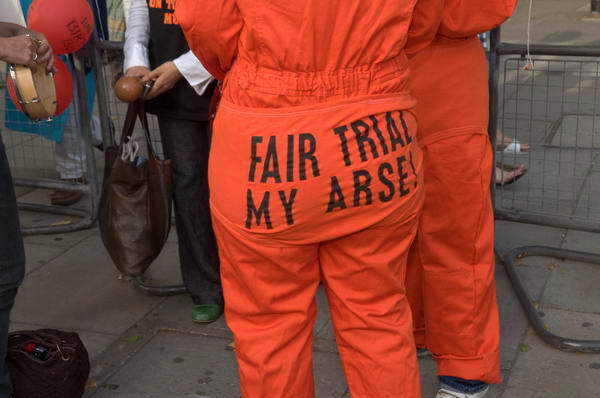John Benton-Harris looks at:
Henri Cartier-Bresson & Helen Levitt, ‘Side By Side‘
Laurence Miller Gallery, 20 West 57th Street, New York
(5 June to 14 August, 2008)
All things being equal (which they never are,) we who use photography to communicate should be encouraged to be courageous, minded and to speak from the heart, even while working to fill our pockets – as it once was in America. But the commercial world has become smaller, narrower, dumber, as well as much greedier, particularly in recent years.And as an American, who has resided here in England as long as I have, I pine the loss of more mature and optimistic times in a place where anything was possible as long as we made the effort to work towards it.
And thats the most honest declaration I can provide others with as to why I still return to New York once or twice yearly, but continuing to speak frankly, its to protect and fan that flame that still is in me to stay alight and grow. And also because here in Never Never Land, the UK, there is no home-grown history of serious individual expression or mature leadership, that could spark such a light. Here we merely continue to produce a glut of ambitious photographers, but not a surplus of talented ones. This will continue to be the case as long as photography is controlled by a disconnected leadership at the very conservative centre of English life.
That is why New York – and more particularly Paris today – are regarded jointly and deservedly as the Home Offices of this medium. In fact the French have overtaken us Yanks in their celebration of visual expression, through and with photography. Through doing so much more to expand interest, understanding, opportunity and access, with its introduction of major city and regional festivals that are given over to this discipline.
Now you might be wondering what has all this to do with Henri Cartier-Bresson and Helen Levitt. Well they are the two significant talents that immediately come to mind signifying that personal commitment in these twin visual cultures on a personal level. And although very different people with very different outlooks, overviews, approach modes and subjects, none the less they were both committed to their personal understanding of excellence.
One travelled the world to catch views of people and life that concentrated more on defining his sense of timing, sensitivity, and eloquence. The others eye being a motherly one mostly watched over neighbourhood life, with a particular fondness for children at play and the elderly with time on their hands. And speaking of Time, they were both equally obsessed with shaping it, catching it, saving it, and presenting it, all together in ways that capture our attention, our appreciation, and our wonderment.
Helen and Hank (excuse the familiarity) are not just good friends, they are in their very different ways, life long influences; for ones emotional warmth and sensitivity is as important as the others structuring and timing. Helen in her later years moved a little further out from her immediate neighbourhood and added additional information of another colour to her New York visual symphony that gained her an even larger and more appreciative audience. While Hank, hankering to be what he had already achieved, An Artist in his own right and place, took himself out from behind his camera. But quite apart from these late-life alterations, both still remain; put simply Kings of the Street.
In closing I feel no need to attempt to describe in words what is meant for eyes to digest, all I will say to those who know nothing of them, is that they are in for a very special treat. And for them that do, this presentation is chock full of premium works.
© John Benton-Harris – July 30th 2008
Selected Web Links
Lawrence Miller Gallery: Side By Side
Helen Levitt: New York Streets 1938 to 1990s
Henri Cartier-Bresson: Magnum
Fondation Henri Cartier-Bresson










